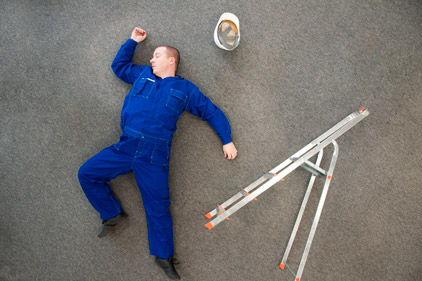Although the gap between general industry fall protection standards and construction fall protection standards is narrowing, significant differences remain, according to ASSE’s Richard J. Epp.
In an article posted on eLCOSH.org, Fall Protection: Misconceptions & Myths; Working Within the OSHA System, Epp points out a common misconception: that 29 CFR 1910 & 29 CFR 1926 rules are interchangeable.
Part 1910 covers general industry, which includes operations and maintenance. Part 1926 covers construction, which includes alteration, modification, roofing, painting and demolition.
“The category of work under which the task falls must be determined to properly apply the standards,” notes Epp, who says that if the standard cites a Part 1926 control, “the assumption cannot be made that it is acceptable to use for maintenance, which falls under Part 1910.
“For example, 29 CFR 1910.23(c) states, ‘Every opensided floor or platform 4 ft above adjacent floor or ground level shall be guarded by a standard railing on all open sides except where there is entrance to a ramp, stairway or fixed ladder.’ That’s it. The standard authorizes a guardrail but nothing else.”
Rulemaking regarding Part 1910 published by OSHA in recent years defines acceptable general industry fall protection to include personal fall arrest systems (PFAS), work positioning systems, travel restricting systems (fall restraint), fixed ladder climbing systems, hole covers, safety nets and a new proposed “designated area” category.
This action brought general industry and construction standards closer together, but Epp said one big difference that remains is the trigger height that requires fall protection.
“The general industry standard states that fall protection becomes an issue when the walking/working surface is above 4 ft, while the construction standard uses 6 ft of height as the unprotected limit.”
Click here to read the complete article.


